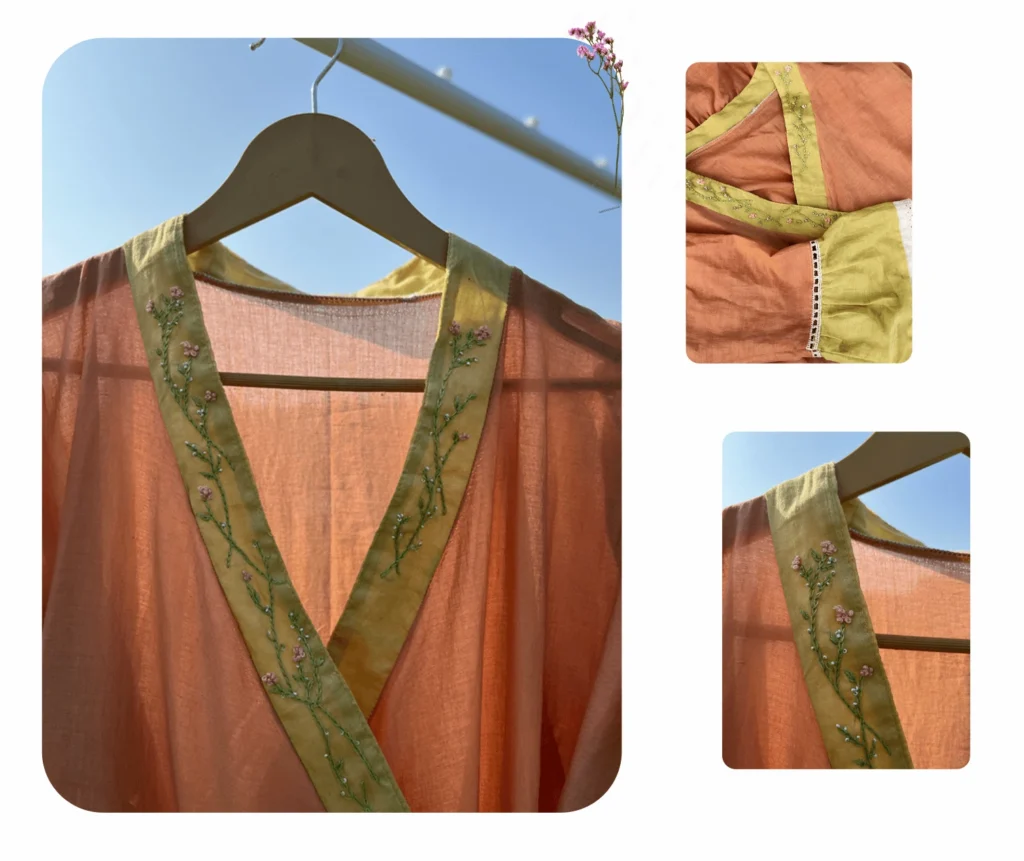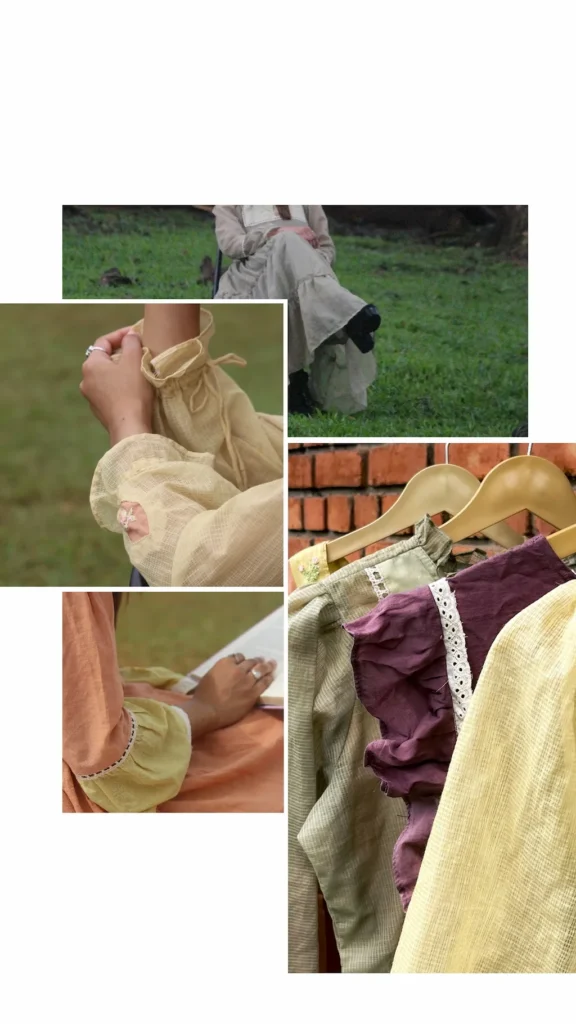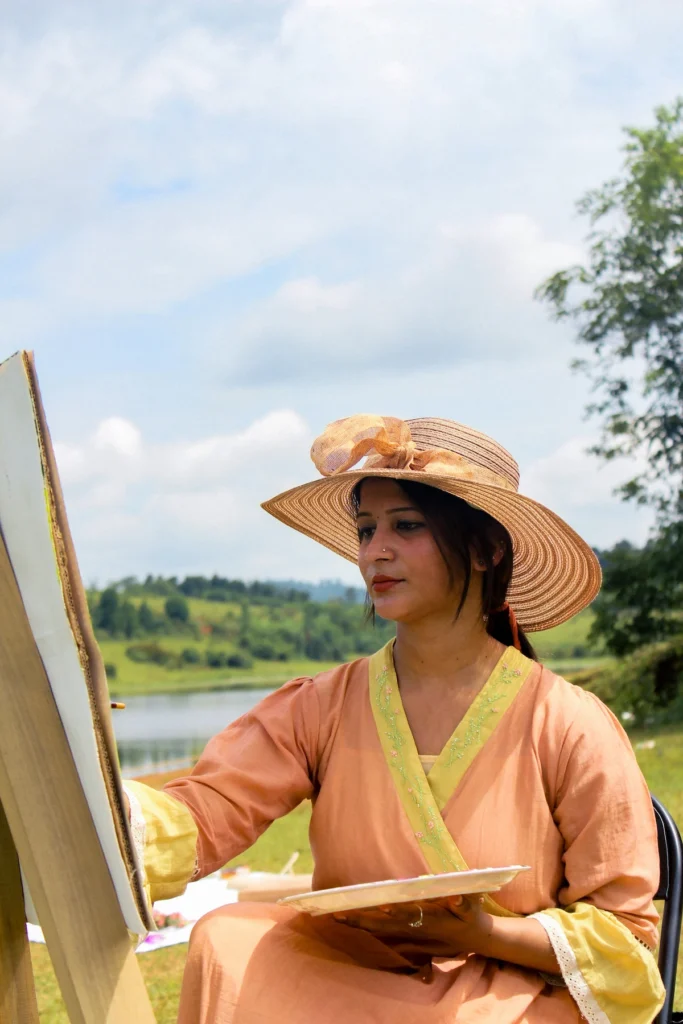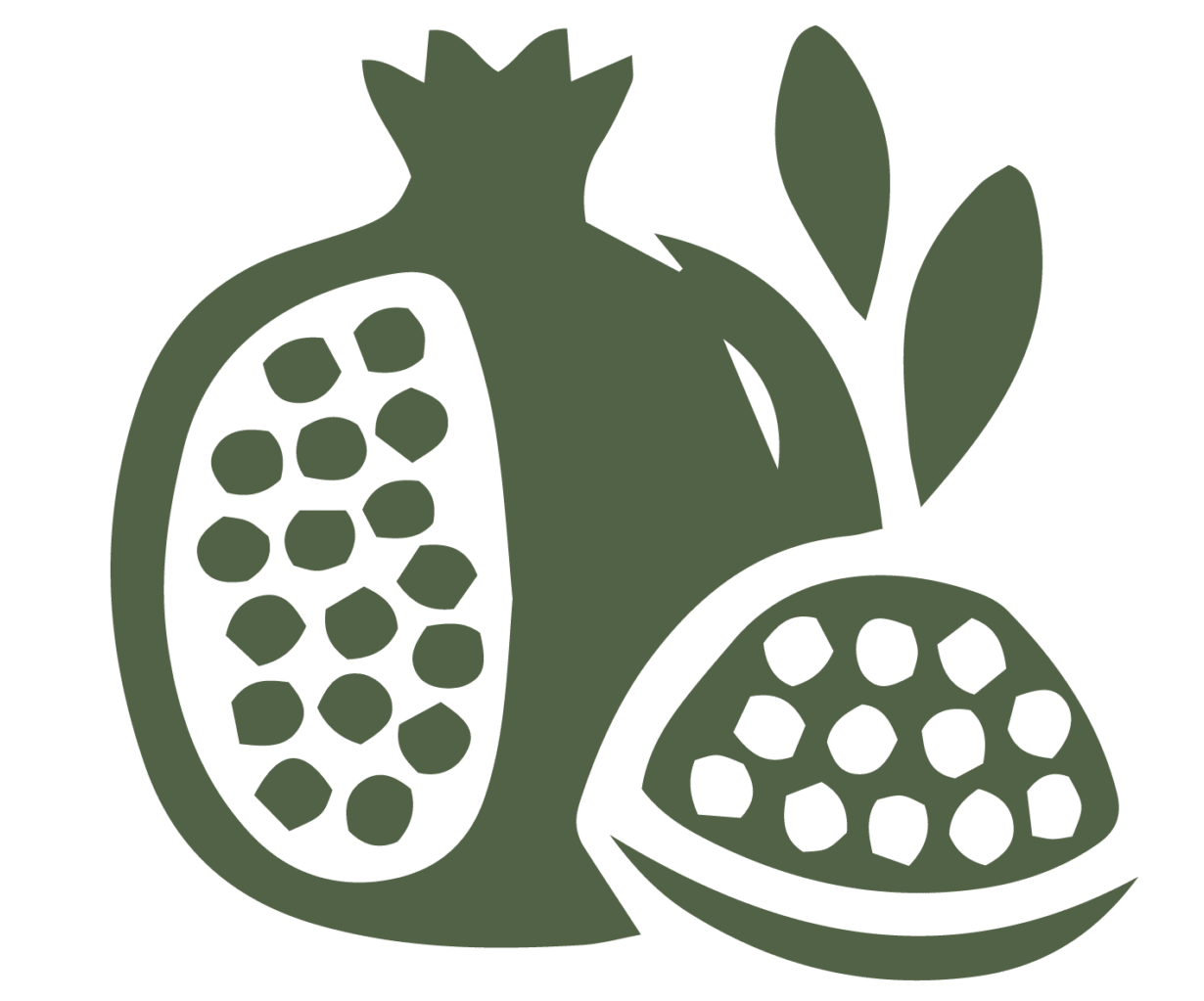The Art of Natural Dyeing: Bringing Color to Fabric the Way Nature Intended

What Is Natural Dyeing?
Natural dyeing is the ancient art of coloring fabric using pigments derived from plants, roots, flowers, barks, and even food waste. Before synthetic dyes flooded the textile industry, natural dyes were the only way our ancestors colored their clothes — using everything from indigo leaves to madder roots and marigold petals.
Today, this age-old practice is making a conscious comeback, as more people seek sustainable, chemical-free alternatives in fashion and textiles.
Why Choose Natural Dyes?
1. Eco-Friendly & Non-Toxic:
Synthetic dyes are often petroleum-based and release toxic chemicals into waterways. In contrast, natural dyes are biodegradable, non-toxic, and kind to the planet.
2. Skin-Safe:
What touches your skin matters. Natural-dyed clothing is gentle and breathable, ideal for babies, sensitive skin, and conscious living.
3. Uniquely Beautiful Shades:
No two dye baths are alike. Every naturally dyed piece has subtle variations and earthy tones, making it one of a kind.
4. Waste-to-Color Movement:
Kitchen waste like onion peels, avocado skins, turmeric scraps, and pomegranate rinds can all become color-rich natural dyes.

Common Plants & Their Natural Dye Colors
| Dye Source | Natural Color | Fiber Suitability |
|---|---|---|
| Madder Root | Brick Red to Coral | Cotton, Silk, Wool |
| Marigold Flowers | Yellow to Orange | Cotton, Silk |
| Indigo Leaves | Blues | Cotton, Silk, Wool |
| Pomegranate Rind | Mustard, Khaki | Cotton, Wool |
| Onion Skins | Rust, Gold, Olive | Cotton, Silk, Wool |
| Sappanwood | Pink to Deep Red | Cotton, Silk |

How Natural Dyeing Works: The Process in Brief
1. Scouring the Fabric
Before dyeing, the fabric must be cleaned of waxes, oils, and residues. This step ensures better color absorption.
2. Mordanting
A mordant is a natural fixative (like alum, myrobalan, or iron) that helps the dye bind to the fabric and increases light- and wash-fastness.
3. Extracting the Dye
Plant material is soaked or simmered to release its pigment into the water, forming a dye bath.
4. Dyeing
The pretreated fabric is immersed into the dye bath — sometimes for hours — and gently stirred or allowed to soak until the desired shade is achieved.
5. Post-Treatment (Optional)
Using iron (ferrous sulfate) or acids (like lemon juice) after dyeing can alter and enhance the color.
Natural Dyeing at Dear Tomorrow
At Dear Tomorrow, our mission is to create sustainably dyed clothing that respects the earth, skin, and soul. Each piece is dyed using flowers, roots, and barks sourced responsibly — like marigold petals, madder root, sappanwood, and pomegranate rinds.
We use traditional techniques passed down over generations, while ensuring our dyes are colorfast, breathable, and beautiful.
Our signature collection, Sunkissed Berries, celebrates the gentle hues of nature in every thread.
Ready to Begin Your Natural Dye Journey?
Join our conscious community — The Marigold Circle — where we share:
-
DIY natural dye recipes
-
Sourcing guides for raw materials
-
Behind-the-scenes from our dye kitchen
-
Natural color care tips
-
Invitations to live dyeing demos & more
👉 Join The Marigold Circle Now 🌼
Final Thoughts
Natural dyeing isn’t just a method — it’s a movement. It’s about slowing down, reconnecting with nature, and choosing better for your wardrobe and the world. Whether you’re a beginner experimenting at home or a slow fashion advocate, natural dyes offer a beautiful, mindful alternative to synthetic colors.
Let your clothes bloom — naturally.


Heya superb website! Does running a blog such as this require a
great deal of work? I have very little expertise in coding but I had been hoping
to start my own blog in the near future. Anyway,
if you have any suggestions or techniques for new
blog owners please share. I understand this is off topic but I simply
needed to ask. Cheers!
Hey! Thanks a lot 😊 Starting a blog doesn’t need coding — platforms like WordPress, Wix, or Substack make it super easy. Just pick a niche you love, stay consistent, and write in your own voice. Happy blogging! ✨